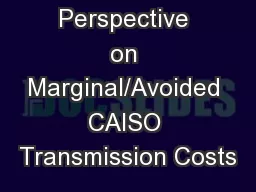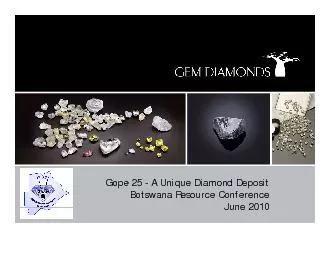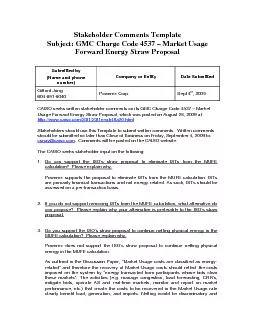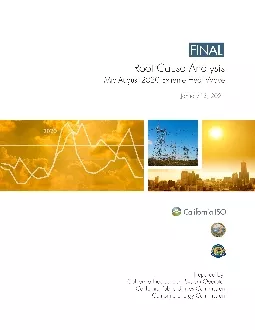PPT-SEIA Perspective on Marginal/Avoided CAISO Transmission Costs
Author : lindy-dunigan | Published Date : 2018-03-22
Brandon Smithwood SEIA Tom Beach Crossborder Energy August 2 2017 A Foundational Benefit of DERs An essential attribute of distributed energy resources is their
Presentation Embed Code
Download Presentation
Download Presentation The PPT/PDF document "SEIA Perspective on Marginal/Avoided CAI..." is the property of its rightful owner. Permission is granted to download and print the materials on this website for personal, non-commercial use only, and to display it on your personal computer provided you do not modify the materials and that you retain all copyright notices contained in the materials. By downloading content from our website, you accept the terms of this agreement.
SEIA Perspective on Marginal/Avoided CAISO Transmission Costs: Transcript
Download Rules Of Document
"SEIA Perspective on Marginal/Avoided CAISO Transmission Costs"The content belongs to its owner. You may download and print it for personal use, without modification, and keep all copyright notices. By downloading, you agree to these terms.
Related Documents

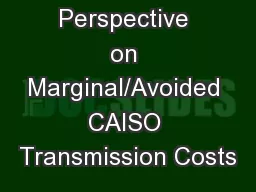


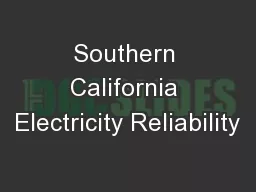
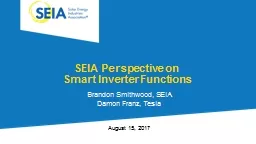
![[ 3.5 ] Costs of](https://thumbs.docslides.com/625805/3-5-costs-of.jpg)
